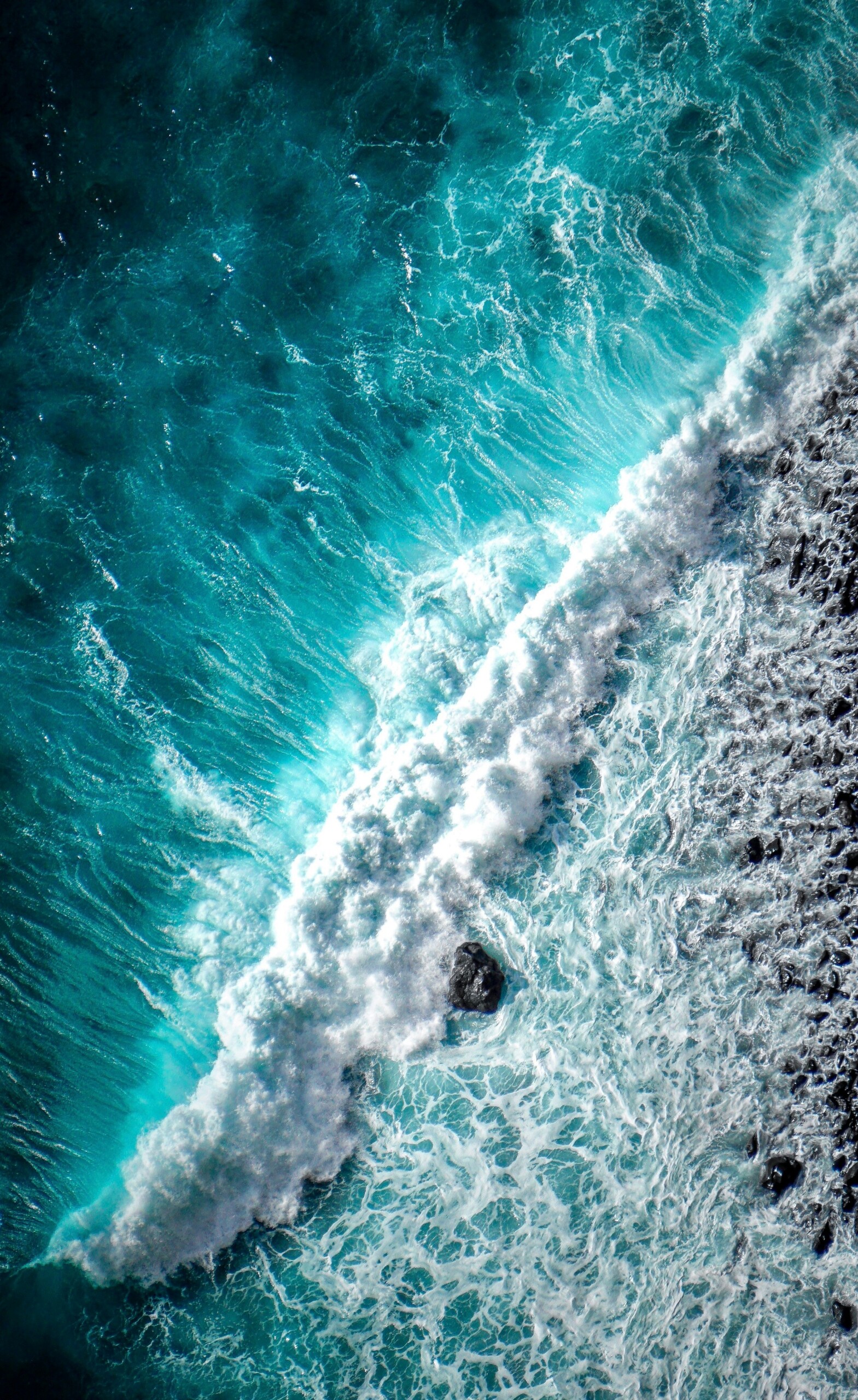You might wonder about the differences between the Pacific Ocean and the Atlantic Ocean. At San Diego Surf School, we’re passionate about all things surfing, and that includes understanding the vast oceans that provide the playground for our favorite sport. Let’s dive into the unique characteristics of these two great bodies of water.
Geographic Location and Size
The Pacific Ocean, bordering San Diego, is the largest and deepest ocean in the world, covering more than 63 million square miles. In contrast, the Atlantic Ocean is the second-largest ocean, with an area of about 41 million square miles. The Pacific stretches from the west coast of the Americas to Asia and Australia, while the Atlantic lies between the east coast of the Americas and Europe and Africa.
Water Temperature and Climate
One of the most noticeable differences for surfers is water temperature. The Pacific Ocean off the coast of San Diego tends to have cooler waters, especially influenced by the California Current, which brings cold water from the north. The Atlantic Ocean, particularly along the eastern United States, is warmer, influenced by the Gulf Stream that carries warm water from the Gulf of Mexico up the coast.
Waves and Surf Conditions
For surfing enthusiasts at San Diego Surf School, the wave conditions are a crucial factor. The Pacific Ocean is renowned for its consistent and powerful waves, making it a favorite for surfers around the world. The diverse coastline of California offers a variety of breaks, from gentle beach breaks to challenging reef breaks.
The Atlantic Ocean also provides good surfing conditions but is generally less consistent than the Pacific. The wave quality can be excellent, particularly during hurricane season when powerful swells generate significant waves. However, the conditions can be more variable and dependent on weather patterns.
Marine Life and Biodiversity
Both oceans boast rich marine ecosystems, but they differ in their biodiversity. The Pacific Ocean is known for its vast and varied marine life, including unique species such as the giant Pacific octopus and diverse coral reefs in tropical regions. The Atlantic Ocean also supports a wide array of marine species, including whales, dolphins, and sea turtles. However, the Pacific’s greater size and range of habitats contribute to a higher level of biodiversity.
Coastal Features and Landforms
The coastlines of the Pacific Ocean and the Atlantic Ocean offer distinct landscapes. The Pacific coast, including San Diego, features rugged cliffs, sandy beaches, and iconic surf spots like those found at our San Diego Surf School. In contrast, the Atlantic coast is characterized by its long, sandy beaches, barrier islands, and extensive estuaries and bays.
Conclusion
Understanding the differences between the Pacific Ocean and the Atlantic Ocean enriches our appreciation of the oceans and the unique characteristics of each. For surfers in San Diego, the Pacific offers some of the best surfing conditions in the world, making it an ideal location to learn and perfect your skills at San Diego Surf School. Whether you’re catching waves in the cool Pacific waters or exploring the diverse marine life, the ocean is a source of endless adventure and discovery.
At San Diego Surf School, we encourage you to embrace the beauty and power of the Pacific Ocean and deepen your connection with the sea. Whether you’re a seasoned surfer or a beginner, our school is here to help you navigate the waves and enjoy the thrill of surfing in one of the world’s most spectacular ocean environments.











